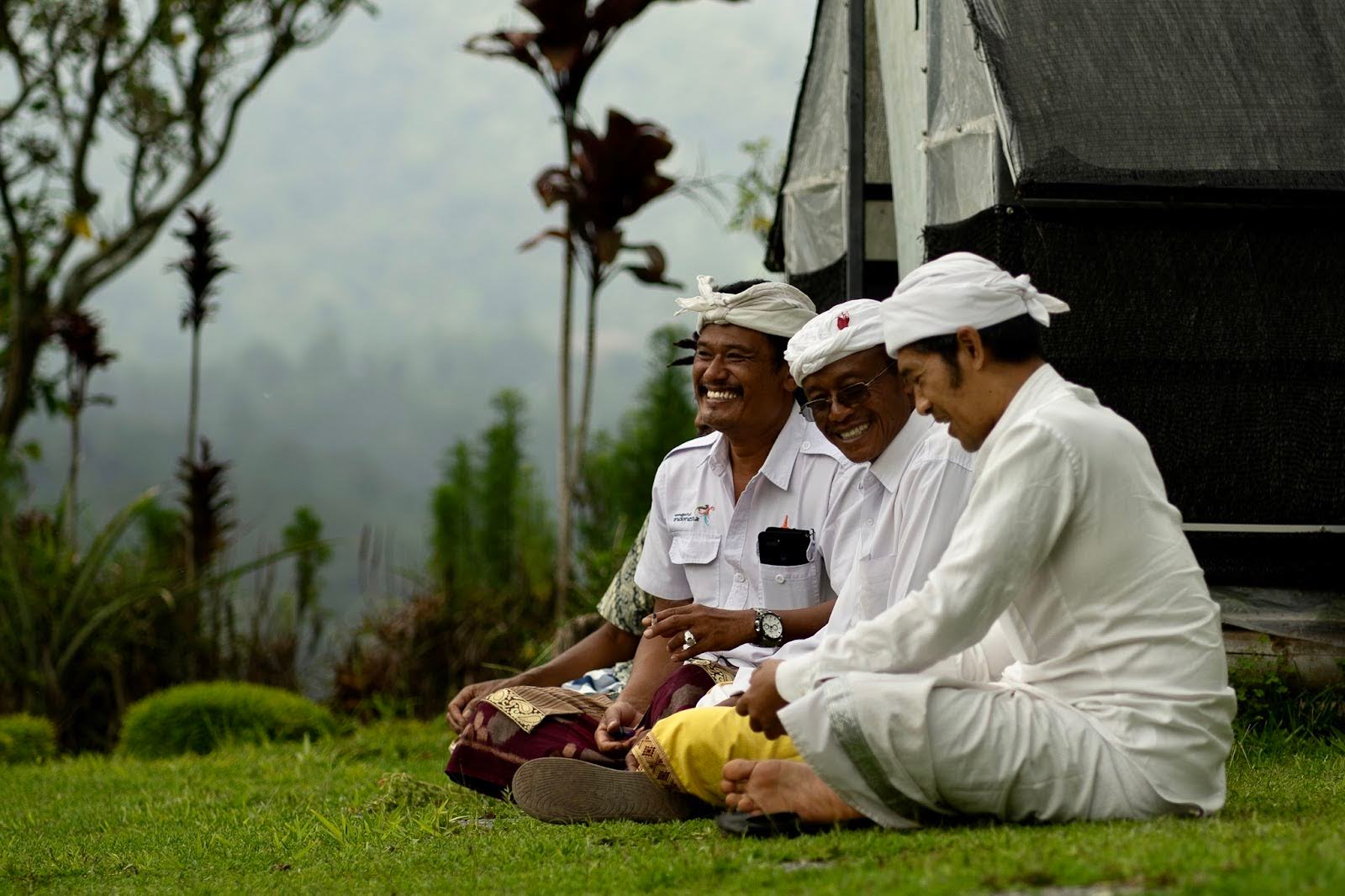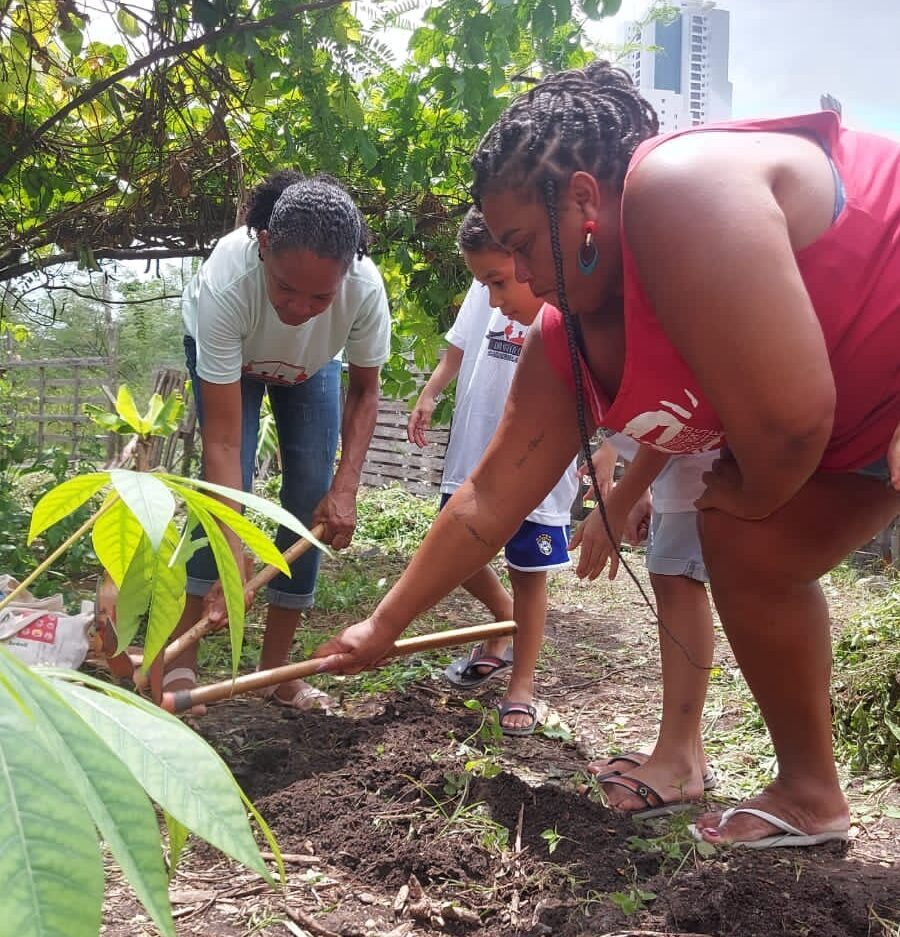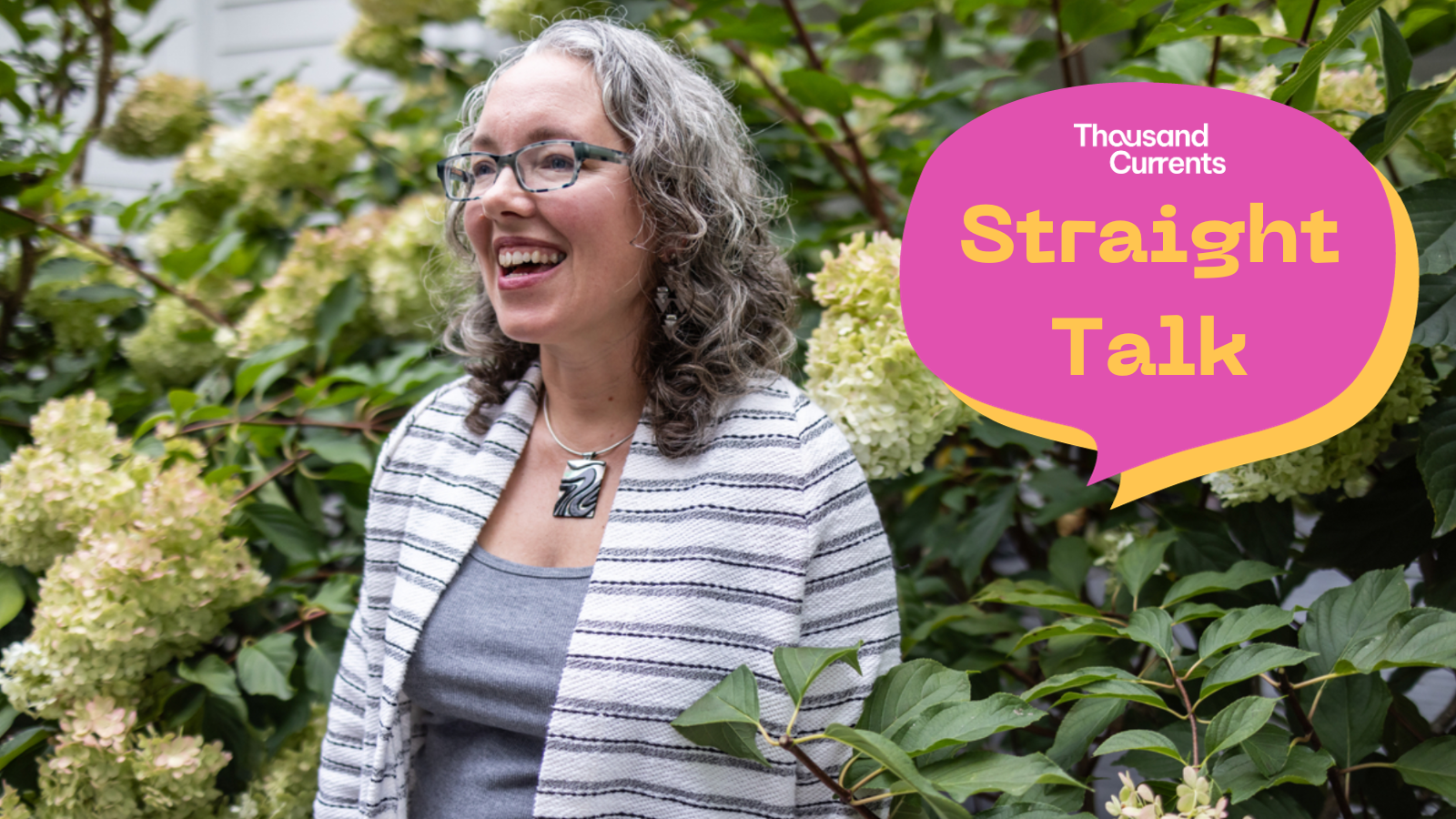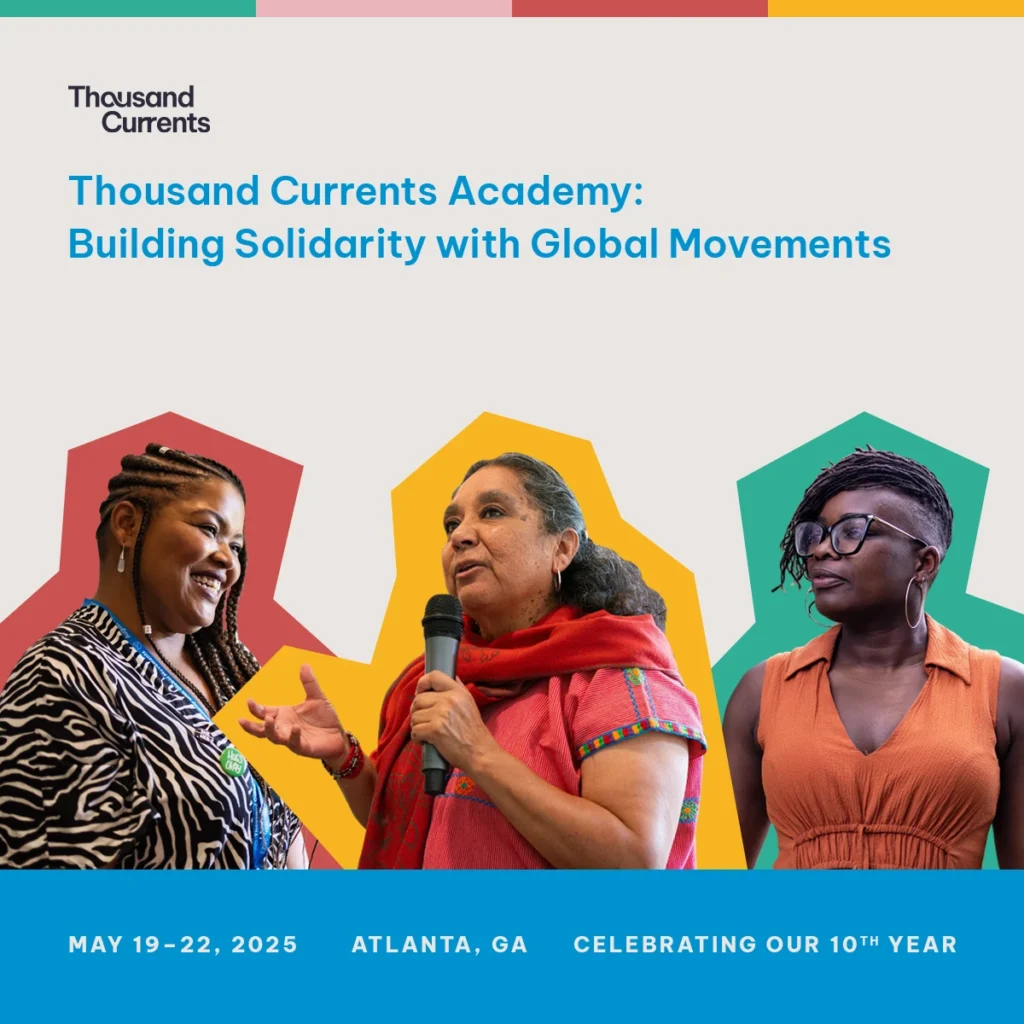What it means to trust the process (and why we do it)

A guest post by Ari Sahagún (En español aquí)

Ari Sahagún
First, let me introduce myself. I’m part of the founding circle of the Buen Vivir Fund on behalf of an organization called Regenerative Finance. Our official statement of purpose is to shift the economy by transferring control of capital to communities most affected by racial, economic, and environmental injustices. We do this in 3 ways: by moving capital, providing political education to investors, and shifting the impact/socially responsible investing fields.
What is the Buen Vivir Fund?
The Buen Vivir Fund is a process-driven, decolonizing project that’s trying to challenge narratives of international development at its core. This project is composed of a mixed group of people coming from a lot of perspectives in three categories: a set of individual investors and foundations in the U.S.; a group of grassroots lending, credit, and enterprises created for and by communities in the Global South; and a cadre of alternative economy advocates and practitioners from around the world.
So far our involvement in the Buen Vivir Fund has been in a two-month long co-design process. So far, our founding circle has not yet met. Though it might seem like “we haven’t done anything,” I’d like to share some reflections on taking these two months for design, supported by the time and dedication of Joanna Levitt Cea to collect all of our thoughts. From the perspective of my organization, we’ve been hesitant to share out what we’re doing, because sometimes we don’t know what to share that feels “substantial.” So I wanted to write something and reaffirm us, myself, and you readers, that there’s actually a very powerful substance being co-incubated here.
Why does “trusting the process” matter to Buen Vivir founders?
1) Dedication to good process can be decolonizing, anti-oppressive, and liberatory.
Power is created and reinforced by making decisions and planning. Who gets to be at the table or in the room (metaphorically or not) affects the outcomes of plans, how successful they are, and what success even means.
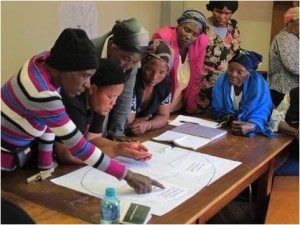
BioWatch, South Africa
Here’s an example: Get a handful of people in the room, plan out the project, maybe even make a Gantt chart. Later, do some “user testing” or “market research” – that is, see how your potential audience responds. This super simplified process is the modus operandi of a lot of business, non-profit, and government projects. Some groups are now realizing that these processes are…well, I could say biased…and are wanting to be more inclusive in their work.
I don’t think inclusivity is the solution. In a nutshell, inclusivity at its heart never aims to shift the status quo. Bringing underrepresented voices into a previously constructed process that was never designed by or for them simply does not work. The power dynamics set up by the premise of inclusion don’t welcome new ideas. Think about it: who is being included? And by whom? And most importantly: why?
A different way of approaching the Buen Vivir Fund involves affected parties from the beginning of the project, gathering advice from all of them, and working together from this perspective. Putting attention on the process, who is involved, and what success/impact means will result in an outcome that benefits more people.
2) We must overcome the capitalist tendency to ignore process for efficiency’s sake.
Our socio-economic reality promotes a tendency to be efficient, to get things done, to deliver products, to hack it together.
I live across a bay from San Francisco, California, one of capitalism’s global hubs. San Francisco was built by colonization and exploited labor: the City’s oldest building was built by native Ohlone slave labor, la Missión Dolores. Today there’s SO much coffee consumed here and so many things produced – these days in the form of apps and technology: google, facebook, uber, apple.
Nowadays labor is best harnessed through continuous self-improvement. In other words, you should always be reflecting on how you can become your most optimal, most productive. The same applies to your work product.
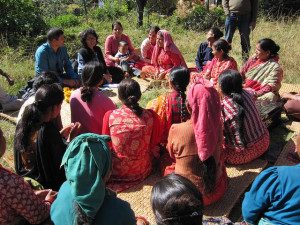 You can see this trend signified by the word “hack.” It might be otherwise read as “improvise,” to quickly make something that is useful but not perfect, to make something with what you have, even though it’s not ideal (which, by the way is what most people in the Global South do all the time).
You can see this trend signified by the word “hack.” It might be otherwise read as “improvise,” to quickly make something that is useful but not perfect, to make something with what you have, even though it’s not ideal (which, by the way is what most people in the Global South do all the time).
In the San Francisco area, you can “hack” anything. Seriously. There are “hack-a-thons” – marathon hacking events where people get together for a weekend or longer and make stuff, usually apps or some other tech thing as quickly as they can. You can “growth hack” your business, or “hack consciousness.” You can hack your bike. And yes, you can definitely hack your life, there’s a huge website dedicated to it.
All of this is to say you can hack together – or, in other words, bypass the details of the process – just about anything to find the quick fixes.
I suggest we stop this.
The question is: Who bears the burden of responding, rebuilding, etc. when the quick fix fails?
3) Having a different relationship to process is possible.
Perhaps not surprisingly, coming to value process is a process in and of itself. We have to be mindful of the tension between: distance/objectivity/thinking-mind & myopia/urgency/action-orientation. Let me explain that and give a little disclaimer.
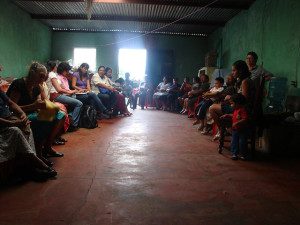 Getting stuck in the process, stuck in a thinking-only phase, can keep privilege in its place and look a lot like apathy. The objectivity, the “stepping back” from somewhere in order to engage in a process-oriented phase, inherently represents privilege. So if you’re in a position of privilege or several like I am, it’s also important to be wary about the comfort you may feel in the thinking phase of things. There are some ways that it benefits me not to act; living in an economically well-off country that benefits from exploiting labor definitely has its perks.
Getting stuck in the process, stuck in a thinking-only phase, can keep privilege in its place and look a lot like apathy. The objectivity, the “stepping back” from somewhere in order to engage in a process-oriented phase, inherently represents privilege. So if you’re in a position of privilege or several like I am, it’s also important to be wary about the comfort you may feel in the thinking phase of things. There are some ways that it benefits me not to act; living in an economically well-off country that benefits from exploiting labor definitely has its perks.
On the other hand, if we are aware of these power imbalances, there might be a large, ominous sense of urgency that accompanies them. And rightfully so! (Stop the destruction of nature! Stop killing black people! Stop … a lot of things!) Sometimes, though, this urgency can cloud our thinking and lead to short-term outcomes that aren’t deeply connected to our vision, or might bypass important process-work.
5 tips to help you embrace “the process.”
For me it helps to regularly remind myself of the long-term vision for a particular project. I find this to be a grounding, affirming activity that can help me feel balanced between thinking and doing. How can I develop a healthy relationship between these two? How do I benefit from non-action or from urgent action? Here’s five tips that have helped me grapple with these questions:
- Give yourself permission to be inarticulate as you try and communicate thoughts that aren’t fully formed.
- Notice as your feelings arise. They are likely very related to the content. Feeling unsettled? Maybe it’s because you’re decolonizing. Feeling vulnerable? That’s probably where your most authentic work comes from.
- Find and commit to an accountability buddy. Learn how to support each other in the process.
- Read! Write! Draw! Meditate! Walk! Do whatever you do to integrate emotions and new understandings, and try new things.
- I find the Five Wisdoms of Buddhism to be helpful here, particularly richness and spaciousness. Right now, I’m making spaces for each in my life.
I am so grateful to the Buen Vivir Fund for giving me a chance to reflect on the deep, restorative, revolutionary power of process. It’s inherently connected to world-sized vision this project embodies: to usher in a healthier way of relating to ourselves, each other, and the planet — the true definition of buen vivir. I’m excited to continue in this process together, through the smooth…and the rough parts.
The Buen Vivir Fund was an investment fund that thrived from 2018-2023.
Related Stories
